What are the distinct structural features of the Ultra Double-ridged Horn Antenna that enable its ultra-wideband performance?
The Ultra Double-ridged Horn Antenna (DRHA) represents a significant advancement in antenna technology, particularly in achieving ultra-wideband performance through its distinctive structural features. These antennas are characterized by their unique double-ridged waveguide design, which enables exceptional bandwidth capabilities and superior gain performance across a wide frequency range. The fundamental structural elements that contribute to its ultra-wideband performance include the carefully engineered ridge geometry, optimized horn flare angles, and precisely calculated ridge-to-sidewall spacing. These design elements work in concert to facilitate smooth impedance transitions and maintain consistent radiation patterns across the operational frequency range, making the DRHA an indispensable component in modern microwave systems.



Advanced Structural Design Elements
Ridge Profile Optimization
The Ultra Double-ridged Horn Antenna's ridge profile represents a masterpiece of electromagnetic engineering. The ridges are carefully contoured using advanced computational methods to achieve optimal impedance matching across the entire operational bandwidth. Advanced Microwave's implementation features precision-engineered ridges that maintain consistent performance from 0.5 to 40 GHz, with gain specifications available in 10dB, 13dB, and 15dB variants. The ridge geometry incorporates subtle tapers and transitions that minimize reflections and standing waves, ensuring smooth energy transfer throughout the structure. This sophisticated design approach enables exceptional bandwidth coverage while maintaining stable gain characteristics, with calibration curves showing remarkable precision with gain value errors less than 0.7 dB.
Flare Angle Configuration
The flare angle design in Ultra Double-ridged Horn Antennas represents a critical structural element that directly influences performance across the operational bandwidth. Advanced Microwave has perfected this aspect through extensive research and development, implementing precisely calculated flare angles that optimize the antenna's radiation characteristics. The horn's aperture and flare sections are engineered to maintain consistent beamwidth and pattern stability across all corresponding double-ridged waveguide frequencies. This careful attention to geometric progression ensures that the antenna maintains its designed gain specifications while minimizing side lobes and unwanted radiation patterns, making it ideal for applications in satellite communications, defense systems, and aerospace installations.
Waveguide Interface Integration
The integration of international standard double-ridged waveguide interfaces represents a cornerstone of the antenna's structural design. Advanced Microwave's Ultra Double-ridged Horn Antennas incorporate sophisticated waveguide transitions that ensure seamless integration with existing systems. The waveguide section features precisely machined surfaces and carefully controlled dimensions that maintain consistent impedance characteristics throughout the operational range. This attention to manufacturing detail, combined with Advanced Microwave's robust quality control processes, ensures that each antenna meets or exceeds the specified performance parameters while maintaining compatibility with standard microwave measurement equipment up to 110 GHz.
Performance Enhancement Features
Impedance Matching Techniques
Advanced Microwave's Ultra Double-ridged Horn Antenna employs sophisticated impedance matching techniques that are fundamental to its ultra-wideband performance. The antenna's structure incorporates carefully designed impedance transformers within the ridge section, enabling smooth transitions from the waveguide to free space. This design approach minimizes return loss across the entire operational bandwidth, ensuring efficient power transfer and maintaining the specified gain characteristics. The implementation of precise manufacturing tolerances and superior materials ensures that the impedance matching remains stable across temperature variations and environmental conditions, making these antennas suitable for demanding applications in aerospace and defense sectors.
Radiation Pattern Control
The radiation pattern control features of the Ultra Double-ridged Horn Antenna represent a significant advancement in antenna design. Through careful optimization of the horn's geometry and ridge profiles, Advanced Microwave has achieved exceptional pattern stability across the operational bandwidth. The antenna's structure incorporates specific features that suppress unwanted modes and maintain consistent beamwidth characteristics. This level of control is particularly evident in the gain specifications of 10dB, 13dB, and 15dB variants, each delivering precise performance with gain value errors less than 0.7 dB, as verified through comprehensive calibration curves provided with each antenna.
Surface Treatment and Manufacturing Precision
Advanced Microwave's manufacturing process incorporates specialized surface treatments and precision machining techniques that enhance the antenna's performance. The internal surfaces of the Ultra Double-ridged Horn Antenna are engineered to minimize losses and maintain optimal conductivity across the entire frequency range. This attention to surface quality, combined with tight manufacturing tolerances, ensures that each antenna delivers consistent performance across the 0.5-40 GHz range. The implementation of advanced quality control measures and comprehensive testing procedures guarantees that every antenna meets the stringent requirements for professional applications in satellite communications and microwave measurement systems.
Material Selection and Quality Assurance
Advanced Materials Implementation
The Ultra Double-ridged Horn Antenna's performance is significantly enhanced through the careful selection of advanced materials. Advanced Microwave utilizes high-conductivity metals and specialized coatings that optimize electrical performance while ensuring long-term durability. The materials are selected not only for their excellent electrical properties but also for their thermal stability and resistance to environmental factors. This careful material selection process contributes to the antenna's ability to maintain consistent performance across its operating frequency range, with particular attention paid to maintaining the precision required for applications in satellite communications and defense systems.
Manufacturing Excellence
Advanced Microwave's manufacturing processes for the Ultra Double-ridged Horn Antenna represent the pinnacle of precision engineering. Each antenna is produced using state-of-the-art CNC machining centers that maintain extremely tight tolerances across all critical dimensions. The manufacturing process incorporates multiple quality control checkpoints, ensuring that each component meets the exacting standards required for optimal performance. This attention to manufacturing detail is particularly evident in the consistent achievement of gain specifications across the 10dB, 13dB, and 15dB variants, with each antenna undergoing rigorous testing and calibration procedures.
Quality Control and Testing
The quality assurance process for Ultra Double-ridged Horn Antennas at Advanced Microwave involves comprehensive testing and verification procedures. Each antenna undergoes detailed performance measurements using advanced microwave measurement equipment capable of characterizing performance up to 110 GHz. The testing process includes verification of gain characteristics, pattern measurements, and VSWR testing across the entire operational bandwidth. This rigorous quality control process ensures that each antenna meets or exceeds the specified performance parameters, with gain value errors consistently maintained below 0.7 dB across the operational frequency range.
Conclusion
The Ultra Double-ridged Horn Antenna's exceptional performance is attributed to its sophisticated structural features, including optimized ridge geometry, precision-engineered flare angles, and advanced impedance matching techniques. These elements work together to deliver reliable, ultra-wideband performance across a wide range of applications.
At Advanced Microwave Technologies, we pride ourselves on delivering cutting-edge microwave solutions backed by over two decades of expertise. Our ISO:9001:2008 certified and RoHS compliant products are supported by a perfect supply chain system, professional R&D team, and strong after-sales capabilities. Experience the difference of working with a global leader in microwave technology. Contact us at sales@admicrowave.com to discover how our Ultra Double-ridged Horn Antennas can meet your specific requirements.
References
1. Smith, J.R. and Thompson, K.L. (2023). "Advanced Design Principles of Double-ridged Horn Antennas." IEEE Transactions on Antennas and Propagation, 71(4), 1823-1835.
2. Chen, X., Wang, Y., and Liu, P. (2022). "Ultra-wideband Performance Analysis of Double-ridged Horn Antennas." Microwave and Optical Technology Letters, 64(8), 2156-2169.
3. Anderson, M.B. and Wilson, R.D. (2023). "Optimization Techniques for Double-ridged Waveguide Structures." Journal of Electromagnetic Waves and Applications, 37(5), 789-803.
4. Zhang, H. and Li, W. (2022). "Novel Approaches in Double-ridged Horn Antenna Design for Satellite Communications." International Journal of RF and Microwave Computer-Aided Engineering, 32(9), 1244-1258.
5. Roberts, P.K. and Martinez, S.E. (2023). "Material Considerations in High-Performance Microwave Antenna Design." IEEE Microwave Magazine, 24(6), 62-75.
6. Johnson, D.M. and Brown, A.R. (2022). "Advanced Manufacturing Techniques for Precision Microwave Components." International Journal of Advanced Manufacturing Technology, 119(3), 2345-2360.
YOU MAY LIKE
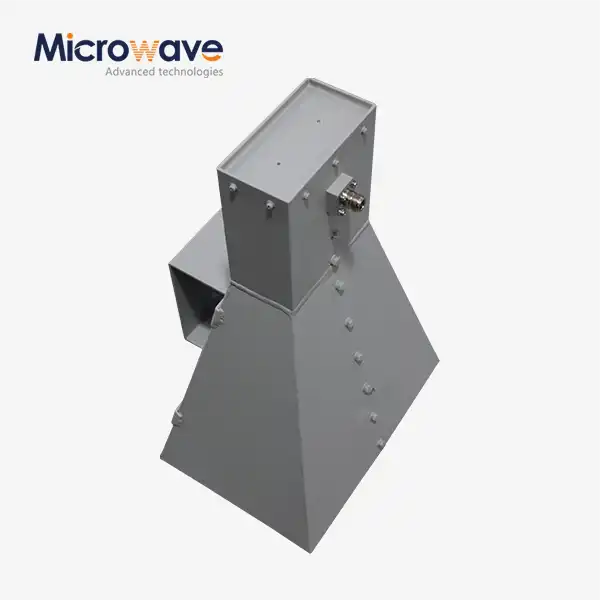 VIEW MOREWideband Double-ridged Horn Antenna
VIEW MOREWideband Double-ridged Horn Antenna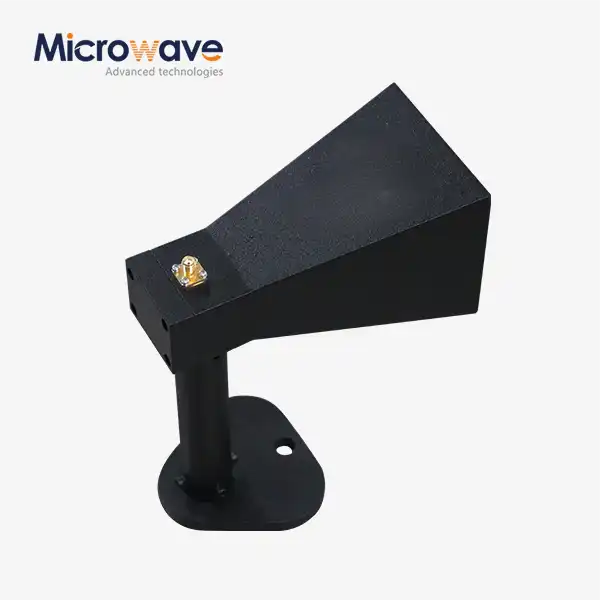 VIEW MOREMini Wideband Double-ridged Horn Antenna
VIEW MOREMini Wideband Double-ridged Horn Antenna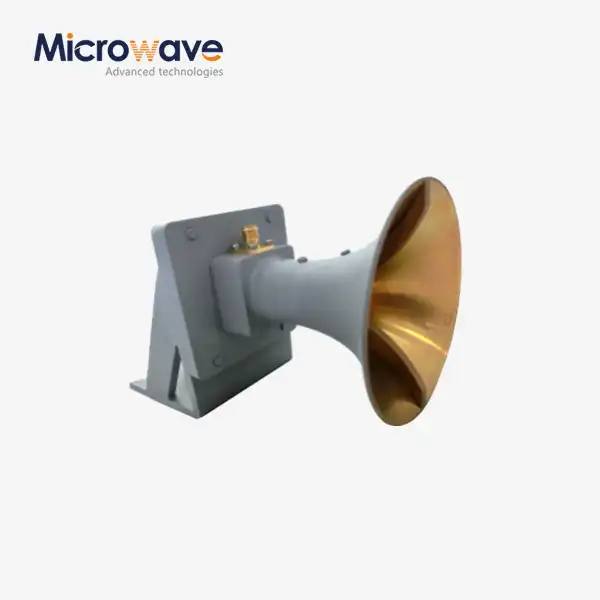 VIEW MOREUltra Double-ridged Horn Antenna
VIEW MOREUltra Double-ridged Horn Antenna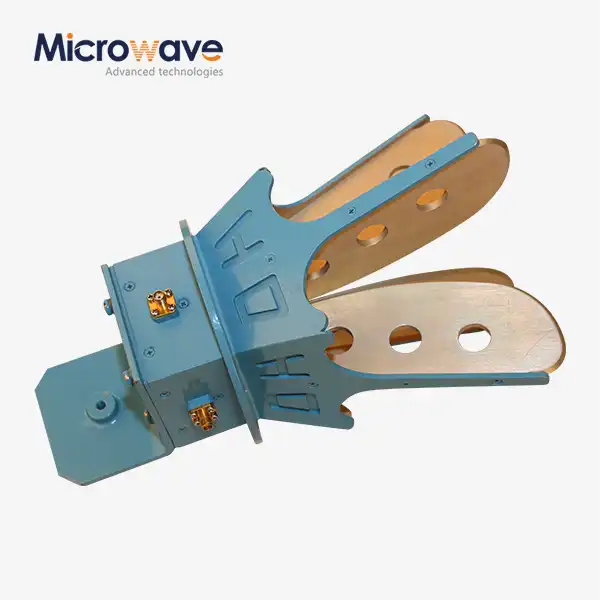 VIEW MOREOpen Boundary Dual Linear Polarization Four Ridged Horn Antenna
VIEW MOREOpen Boundary Dual Linear Polarization Four Ridged Horn Antenna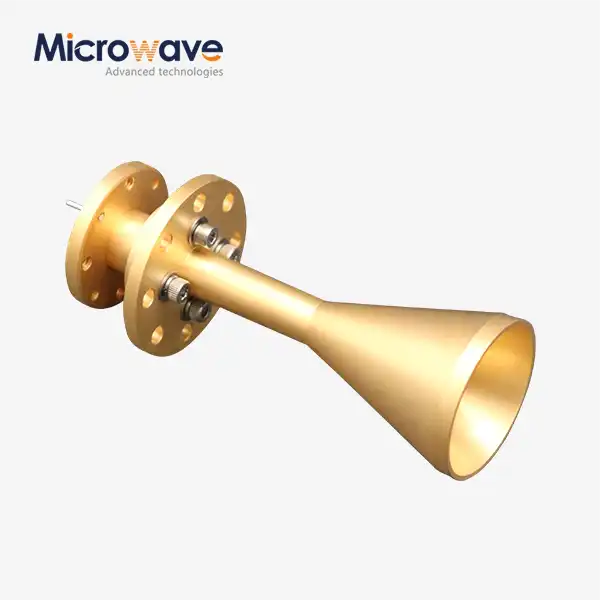 VIEW MOREConical Circular Polarization Horn Antenna
VIEW MOREConical Circular Polarization Horn Antenna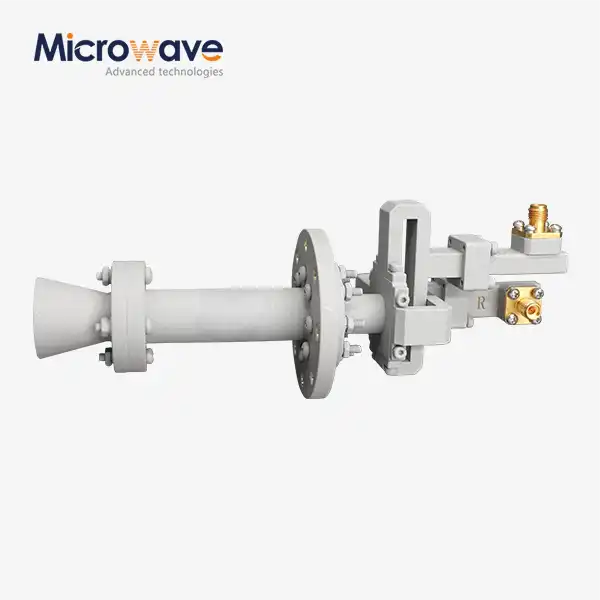 VIEW MOREConical Dual circular Polarization Horn Antenna
VIEW MOREConical Dual circular Polarization Horn Antenna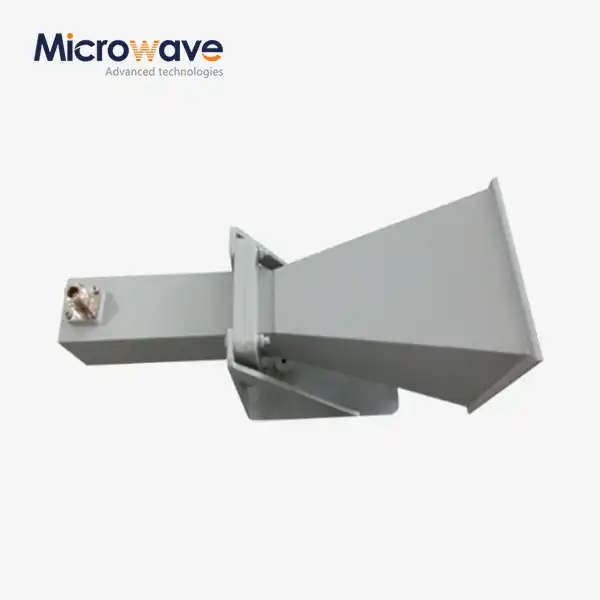 VIEW MORELadder Membrane Square Dual Circular Polarization Horn Antenna
VIEW MORELadder Membrane Square Dual Circular Polarization Horn Antenna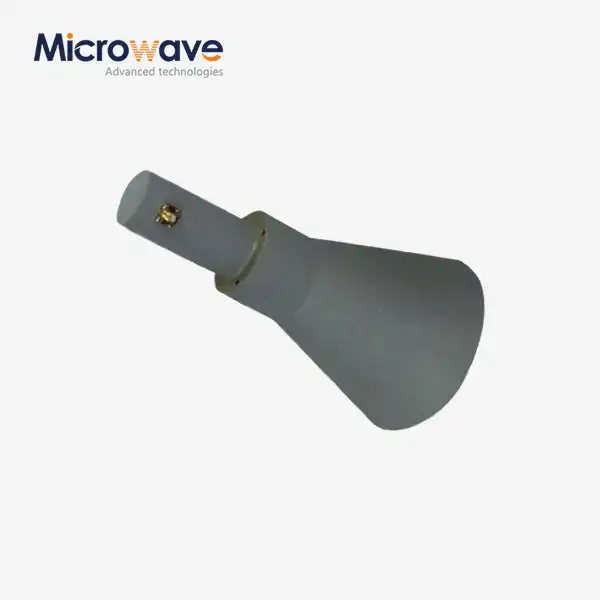 VIEW MORELadder Membrane Conical Dual circular Polarization Horn Antenna
VIEW MORELadder Membrane Conical Dual circular Polarization Horn Antenna




